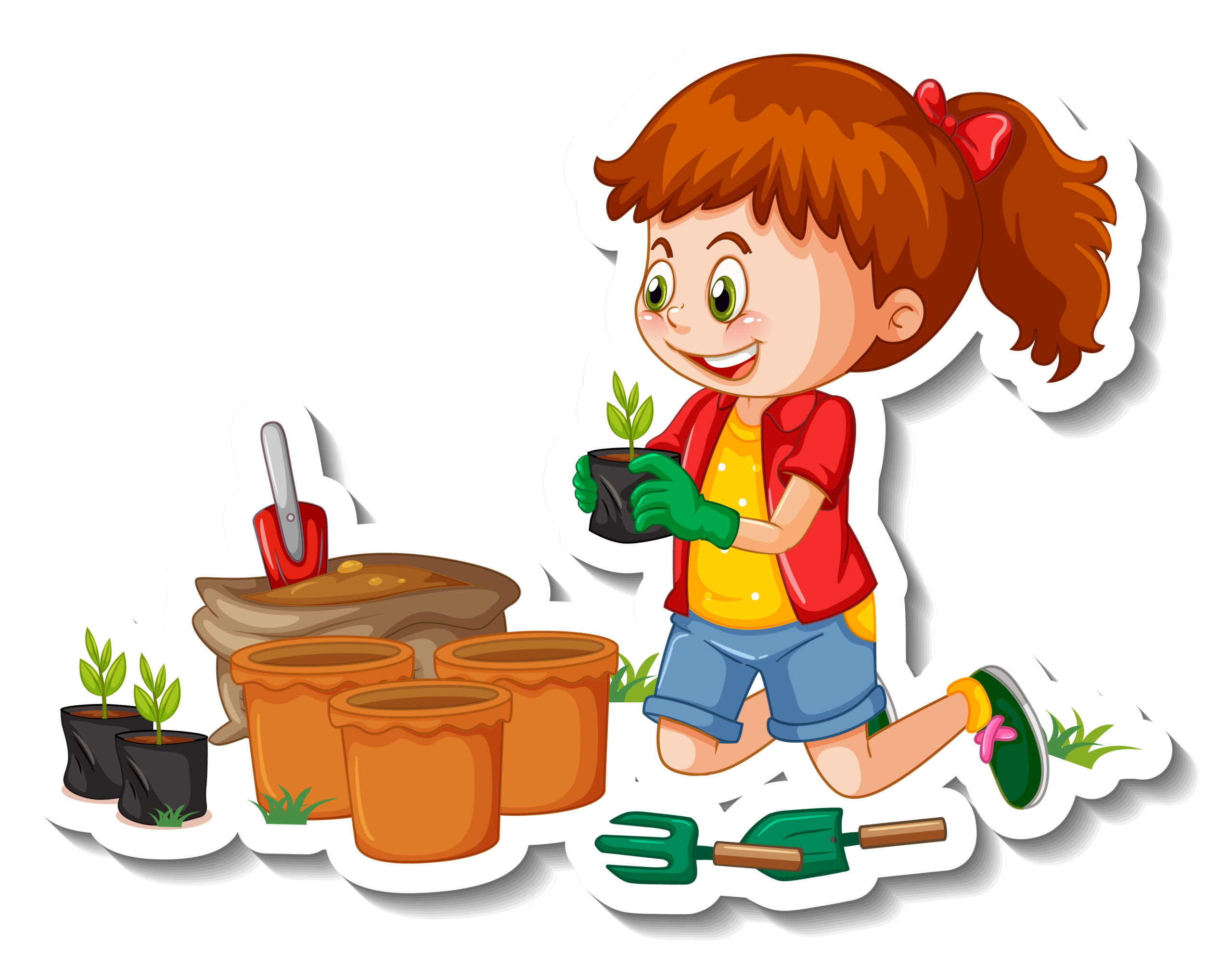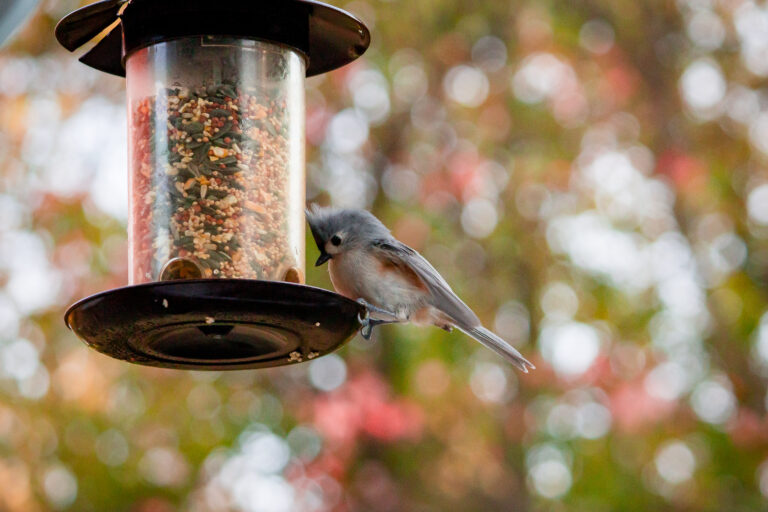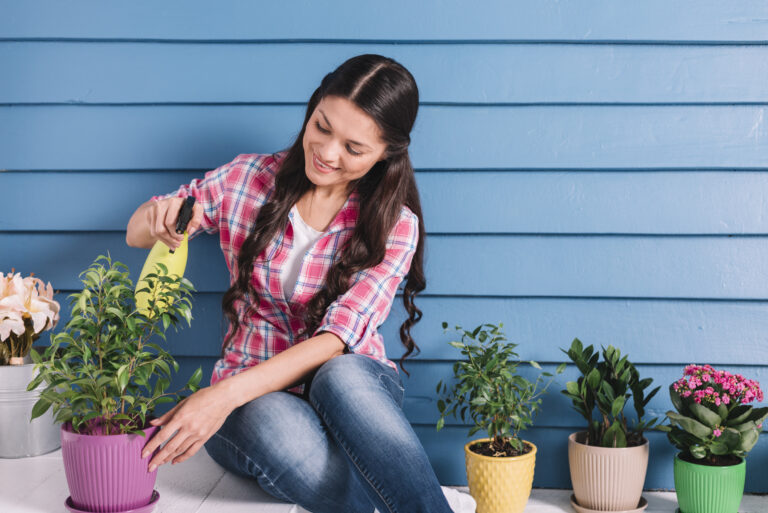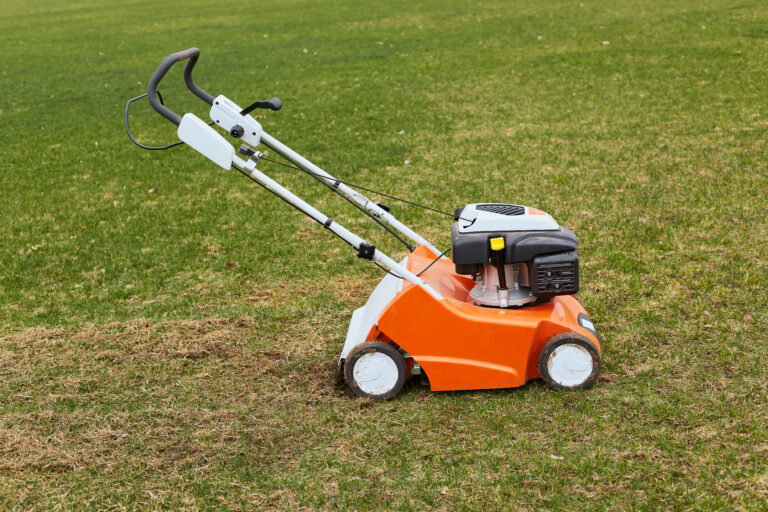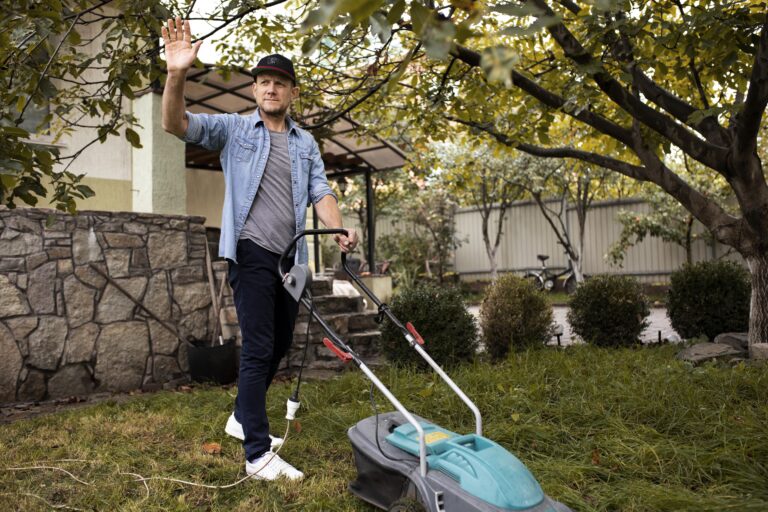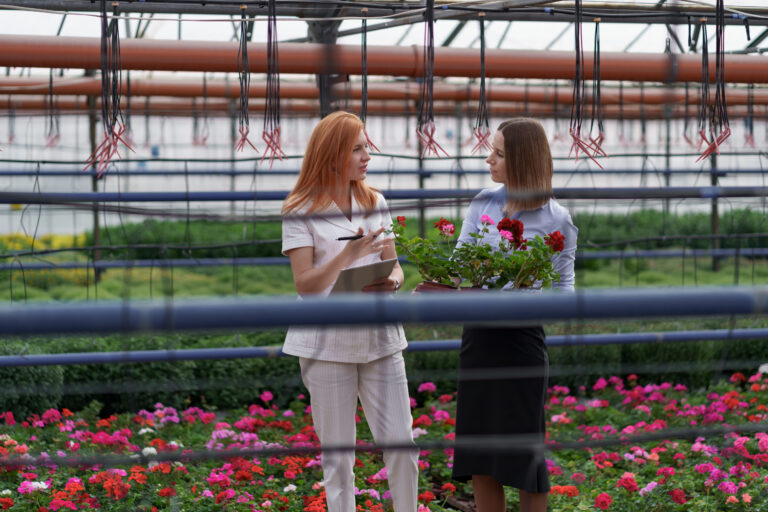5 Best Outdoor Gardening Tools for Kids: Safe, Fun, and Durable Picks for 2025
Your kids light up at the idea of digging in the soil or planting seeds, the right set of gardening tools can turn that excitement into a real outdoor adventure.
Kid-friendly tools aren’t just mini versions of adult gear they’re specially designed to be safe, lightweight, and easy for little hands to use.
With the right equipment, children can join in on planting, watering, and caring for a garden without struggling or getting hurt. In this list, we’re sharing the 5 best outdoor gardening tools for kids that make the experience fun, hands-on, and educational.
From budding gardeners to curious first-timers, these picks will help your kids connect with nature, learn valuable skills, and maybe even grow their own little green paradise.
Table of Contents
Toggle5.1 Melissa & Doug Sunny Patch – Colorful Tools for Budding Gardeners

The Melissa & Doug Sunny Patch Gardening Tote Set brought smiles to my 3-year-old’s face while planting marigolds in our raised beds. Its ladybug-themed tools are perfect for toddlers and preschoolers starting their gardening journey.
Specifications
- Age Range: 3–6 years
- Materials: Metal tools, wooden handles, canvas tote, plastic watering can
- Number of Tools: 4 (trowel, rake, shovel, watering can)
- Weight: ~1.5 lbs (total set)
- Safety Features: Rounded metal edges, non-toxic paint, splinter-free handles
Performance Review
The trowel and shovel dug easily into loose soil, perfect for planting seeds in pots. The 22-ounce watering can was light enough for my toddler to carry without spilling, though it leaked slightly if overfilled. The rake smoothed soil beds well, and the canvas tote’s bright ladybug design kept my kid engaged.
After three months of weekly use, the metal tools showed no rust, but the tote’s stitching frayed slightly. The rounded edges ensured no scrapes, even during enthusiastic digging. This set’s vibrant colors and characters made backyard gardening for kids a hit, though it’s best for soft soils.
Pros and Cons
- Pros:
- Bright, engaging ladybug design
- Lightweight and safe for toddlers
- Durable canvas tote with pockets
- Cons:
- Watering can leaks if overfilled
- Tote stitching may fray
5.2 INNOCHEER Kids Gardening Tools – STEM Learning for Young Explorers
The INNOCHEER Kids Gardening Tools with STEM Guide turned our backyard into a science lab, with my 5-year-old planting tomatoes and learning about growth cycles. Ideal for preschoolers and early school-age children curious about nature.
Specifications
- Age Range: 3–8 years
- Materials: Metal tools, plastic handles, canvas smock, plastic pots
- Number of Tools: 18 (shovel, trowel, rake, watering can, gloves, smock, 4 pots, 4 tags)
- Weight: ~2 lbs
- Safety Features: Smooth metal edges, BPA-free plastic, non-toxic paint
Performance Review
The metal shovel and trowel handled sandy loam well, with plastic handles fitting small hands comfortably. The watering can (20 ounces) was easy to use, and the included STEM guide taught my kid about planting carrots, sparking curiosity. The smock and gloves protected clothes, though the gloves were loose on younger kids. After four months, the tools remained rust-free, but the pots cracked under rough handling. The colorful design kept my child engaged, and the rounded edges ensured safety during outdoor play gardening activities. This set excels for educational gardening.
Pros and Cons
- Pros:
- Comprehensive 18-piece set with STEM guide
- Durable metal tools with safe edges
- Encourages science learning
- Cons:
- Gloves too big for toddlers
- Pots may crack if dropped
5.3 Toy Time Kids’ Garden Tool Set – Sturdy Tools for Real Gardening
The Toy Time Kids’ Garden Tool Set let my 6-year-old help rake leaves and dig for potatoes in our garden. Its long-handled tools are great for school-age children ready for real yard work.
Specifications
- Age Range: 8+ years (suitable for 5–10 with supervision)
- Materials: Metal heads, wooden handles
- Number of Tools: 4 (shovel, rake, hoe, leaf rake)
- Weight: ~2.5 lbs
- Safety Features: Rounded metal edges, splinter-free wood, hanging loops
Performance Review
The 28-inch shovel and rake were sturdy for digging and raking in tough soil, with wooden handles offering a firm grip for older kids. The hoe smoothed beds effectively, but the tools felt heavy for my 3-year-old, requiring supervision. After six months, the metal heads showed no rust, though the wood needed oiling to prevent splintering. The bright red and yellow colors kept kids engaged, and the rounded edges ensured safety. This set is ideal for learning through gardening but best for older kids due to weight.
Pros and Cons
- Pros:
- Sturdy metal and wood construction
- Realistic design for real gardening
- Safe, rounded edges
- Cons:
- Heavy for younger kids
- Handles need occasional maintenance
5.4 Liberty Imports Garden Wagon & Tools – Versatile Play for Toddlers
The Liberty Imports Garden Wagon & Tools made digging in our sandbox and planting herbs fun for my 2-year-old. Its plastic tools and wagon are perfect for toddlers exploring outdoor play gardening activities.
Specifications
- Age Range: 2–5 years
- Materials: BPA-free plastic
- Number of Tools: 16 (rake, hoe, pick, spade, clippers, 3 hand rakes, watering can, spray bottle, 4 pots, wagon)
- Weight: ~1.8 lbs
- Safety Features: Non-toxic plastic, no sharp edges, lightweight
Performance Review
The plastic shovel and rake were lightweight for toddler hands, ideal for sandbox play or soft soil. The watering can (16 ounces) was easy to carry, and the wagon hauled tools and pots, adding fun to garden tasks. The tools didn’t hold up in hard dirt, but their bright colors and non-toxic materials kept my kid safe and engaged. After three months, the plastic showed no cracks, though the wagon’s wheel wobbled slightly. This set excels for pretend play and light gardening, perfect for toddler gardening kits.
Pros and Cons
- Pros:
- Lightweight, safe plastic tools
- Fun wagon for hauling
- Vibrant colors for engagement
- Cons:
- Not sturdy for hard soil
- Wagon wheel may wobble
5.5 Green Toys Watering Can Set – Eco-Friendly Fun for Little Hands

The Green Toys Watering Can Set was a hit with my 3-year-old, watering herbs and digging in soft soil. Made from recycled plastic, it’s ideal for toddlers and preschoolers learning eco-conscious gardening.
Specifications
- Age Range: 2–6 years
- Materials: 100% recycled plastic
- Number of Tools: 3 (watering can, fork, shovel)
- Weight: ~1 lb
- Safety Features: BPA-free, no sharp edges, non-toxic soy ink prints
Performance Review
The 20-ounce watering can poured evenly, perfect for watering daisies, while the fork and shovel dug well in loose soil. The recycled plastic felt sturdy, surviving drops during rough play, and the green-yellow design appealed to kids. After five months, no cracks or fading appeared, even in sunny conditions. The non-toxic materials and rounded edges ensured safety, though the set lacks a storage bag. This eco-friendly preschool garden set fosters learning through gardening with minimal environmental impact.
Pros and Cons
- Pros:
- Eco-friendly recycled plastic
- Lightweight and durable
- Safe for young kids
- Cons:
- No storage bag included
- Limited tool variety
Why Women Need Specialized Rubber Gardening Gloves
From my own years in the garden, I quickly learned that not all gloves are created equal, especially when it comes to fit and function for women. Women’s hands usually measure between 6 and 7.5 inches in palm width, which means that gloves designed as “unisex” often feel too loose in the fingers and too wide in the palm. That poor fit leads to slipping, bunching, or even blisters when you grip a hand tool or pull stubborn weeds. A well-fitted glove makes the difference between a smooth gardening session and constant hand strain.
Another key factor is flexibility. Gardening requires both strength and precision. When I plant seeds, handle seedlings, or prune delicate stems, I need gloves that move with my fingers, not against them. Bulky or oversized gloves reduce dexterity, making it harder to handle small tools or tie plant supports. Specialized women’s rubber gardening gloves solve this problem with slimmer designs that contour to the hand while still allowing full movement.
Material choice is another reason women benefit from specialized rubber gloves. Unlike cotton gloves that soak up water and stay damp, rubber-coated gloves made of nitrile, latex, or PVC provide full waterproof protection. This matters most during spring planting, fall cleanup, or even midsummer watering in humid climates across the US. When soil turns wet and sticky, waterproof gloves keep hands dry and prevent skin irritation.
Rubber gloves also bring extra protection against thorns and sharp stems. Roses, blackberries, and even certain shrubs can pierce fabric gloves, but a rubber-coated pair absorbs that impact. I noticed this first-hand when pruning roses in early summer. My cotton gloves left me with scratches, while my nitrile-coated pair kept my hands safe the entire season.
Durability is another advantage. Cotton or canvas gloves often fray after a few uses and lose grip once they get wet. A good pair of rubber gardening gloves, however, holds up through repeated use and regular washing. You can rinse them under the hose, let them dry, and they are ready for the next day. The textured grip on the palms also stays effective for months, even when handling slippery tools or muddy pots.
For women who garden in rainy or humid regions of the US such as the Pacific Northwest, Gulf Coast, or Mid-Atlantic, waterproof gloves are not optional—they are essential. They protect against mud, bacteria in soil, and even fungal infections that can occur with prolonged skin exposure to wet conditions.
Specialized rubber gardening gloves are not just about comfort. They directly impact safety, efficiency, and enjoyment in the garden. With the right fit, women can garden longer without fatigue, handle delicate plants without damage, and stay dry and protected no matter the season.
Buyer’s Guide: How to Choose the Best Rubber Gardening Gloves for Women
1. Fit and Sizing
-
Women’s hand measurements (average palm width 6–7.5 inches)
-
Why snug fit prevents blisters and slipping
-
Importance of finger length for dexterity
2. Material Options
-
Nitrile: Lightweight, flexible, chemical-resistant, great for precision tasks
-
Latex: Stretchy, waterproof, affordable, but may cause allergies
-
PVC: Heavy-duty, durable, excellent for wet or muddy conditions
-
Which material works best for seasonal gardening tasks
3. Grip and Texture
-
Palm coatings that enhance grip on wet or muddy tools
-
Raised textures vs. smooth coatings for handling delicate plants
-
Real example: gripping a watering can or pruning shears in wet conditions
4. Waterproofing and Breathability
-
Why waterproof gloves are essential in humid or rainy regions
-
The trade-off between waterproof layers and ventilation
-
Breathable backs with rubber-coated palms as the best balance
5. Thorn and Abrasion Resistance
-
Protection from roses, blackberry thorns, and shrub branches
-
Reinforced fingertips and padded palms for heavy-duty protection
-
How rubber layers outperform fabric in resisting punctures
6. Cuff Styles and Wrist Protection
-
Short cuffs for light gardening tasks
-
Extended cuffs for digging, pruning, or working with thorny plants
-
How snug-fitting cuffs prevent soil from entering gloves
7. Ease of Cleaning and Durability
-
Rubber gloves rinse clean under a hose
-
Quick drying compared to cotton gloves
-
How long a good pair should last with weekly gardening
8. Seasonal and Regional Considerations
-
Spring planting vs. fall cleanup needs
-
Humid regions (South, East Coast) vs. drier regions (Southwest)
-
Cold-weather gardening and the need for insulated rubber gloves
9. Price vs. Value
-
Why a mid-range pair often outlasts cheap cotton gloves
-
Investing in multi-packs for frequent gardeners
-
Long-term cost savings from durability
10. Safety and Comfort
-
Preventing skin irritation and infections from soil contact
-
Ergonomic designs to reduce hand fatigue
-
Choosing gloves that make gardening enjoyable, not tiring
Why Kids Need Their Own Gardening Tools
Kids gardening tools are tailored for small hands, unlike adult tools, which are often too heavy or large, posing safety risks. Here’s why they’re essential:
- Size and Weight: Child-sized trowels, rakes, and shovels (8–28 inches long, 0.5–2 lbs) fit tiny hands, unlike adult tools (30–60 inches, 3–10 lbs), making tasks like digging or raking manageable.
- Safety: Rounded edges and non-toxic paints prevent cuts or chemical exposure, crucial for toddler gardening kits. For example, metal tools like those in the Toy Time set have smooth edges, unlike adult steel blades.
- Engagement: Bright colors and playful designs (e.g., ladybug motifs on Melissa & Doug tools) make backyard gardening for kids fun, encouraging participation in planting or watering.
- Developmental Benefits: Gardening boosts fine motor skills (scooping soil), sensory engagement (feeling dirt, smelling herbs), and responsibility (watering plants daily), fostering a love for nature, as seen in my kids’ excitement planting carrots.
How We Chose the Best Outdoor Gardening Tools for Kids
I selected these tools after testing them with my 3- and 6-year-old in our South Dakota backyard, focusing on:
- Age-Appropriate Sizes: Tools sized for toddlers (2–4 years) or preschoolers (4–7 years), with handles 4–6 inches for small grips.
- Durable, Lightweight Materials: Child-safe wood, plastic, or aluminum for durability without weight (0.5–2 lbs), unlike heavy adult steel tools.
- Safety Features: Rounded edges, non-toxic paints, and no small parts to prevent choking, as emphasized in sets like INNOCHEER.
- Weather Resistance: Tools withstand rain and sun, crucial for outdoor play gardening activities in varied climates.
- Tool Variety: Sets include trowel, rake, shovel, watering can, and gloves for tasks like planting or watering.
- Storage Options: Bags, caddies, or buckets teach organization, similar to a hunting vest’s pockets.
Testing involved kids planting seeds, watering herbs, and digging in sandy loam, ensuring tools are fun and functional.
Buying Guide – How to Choose the Right Gardening Tools for Kids
Selecting the right kids gardening tools ensures safety and fun. Consider:
- Age and Size Appropriateness: Choose tools with 4–6-inch handles for toddlers (2–4 years) or 25–30-inch handles for older kids (5–8 years) to fit their grip and height.
- Safety: Look for rounded edges, non-toxic paints, and no small parts to prevent injuries or choking, as in INNOCHEER or Green Toys sets.
- Material Choice: BPA-free plastic (e.g., Liberty Imports) is lightweight for toddlers; metal with wooden handles (e.g., Toy Time) suits older kids for real gardening. Avoid untreated wood to prevent splinters.
- Storage and Organization: Canvas totes or wagons (e.g., Melissa & Doug, Liberty Imports) teach responsibility, like organizing a hunting vest’s pockets.
- Fun Factor: Bright colors, animal themes (e.g., ladybugs), or STEM guides keep kids engaged in backyard gardening for kids.
Safety and Supervision Tips
- Supervise Young Children: Always watch kids, especially under 5, to prevent misuse of tools like trowels or rakes.
- Teach Correct Tool Use: Show kids how to scoop soil or water plants gently to avoid accidents, similar to teaching hunting safety.
- Store Tools Safely: Keep tools in a tote bag or shed to prevent tripping or unauthorized use.
- Encourage Protection: Use gloves (e.g., INNOCHEER’s) and sunscreen to protect hands and skin during outdoor play gardening activities.
FAQ Section
What age can kids start using gardening tools?
Kids as young as 2 can use plastic tools like the Green Toys Watering Can Set, with supervision. Metal tools (e.g., Toy Time) are better for ages 5+.
Are metal tools safe for children?
Yes, if they have rounded edges and are lightweight, like the INNOCHEER or Toy Time sets, but supervision is key for younger kids.
Can these tools be used for beach play too?
Yes, plastic sets like Liberty Imports work well for sand play, while metal tools (e.g., Melissa & Doug) are better for soft soil.
How do I clean and store kids’ garden tools?
Rinse tools with water, dry thoroughly to prevent rust (for metal), and store in a canvas tote or dry shed to maintain child-safe materials.
Conclusion
Gardening with kids is a joyful way to teach responsibility, fine motor skills, and a love for nature, turning backyards into classrooms.
The Melissa & Doug, INNOCHEER, Toy Time, Liberty Imports, and Green Toys sets offer child-sized trowels, rakes, shovels, watering cans, and gloves that are safe, durable, and fun. Choose a set with rounded edges and vibrant designs to spark your child’s interest in outdoor play gardening activities.
Invest in a quality toddler gardening kit or preschool garden set to make gardening a cherished family activity, and share your kids’ gardening adventures in the comments!

